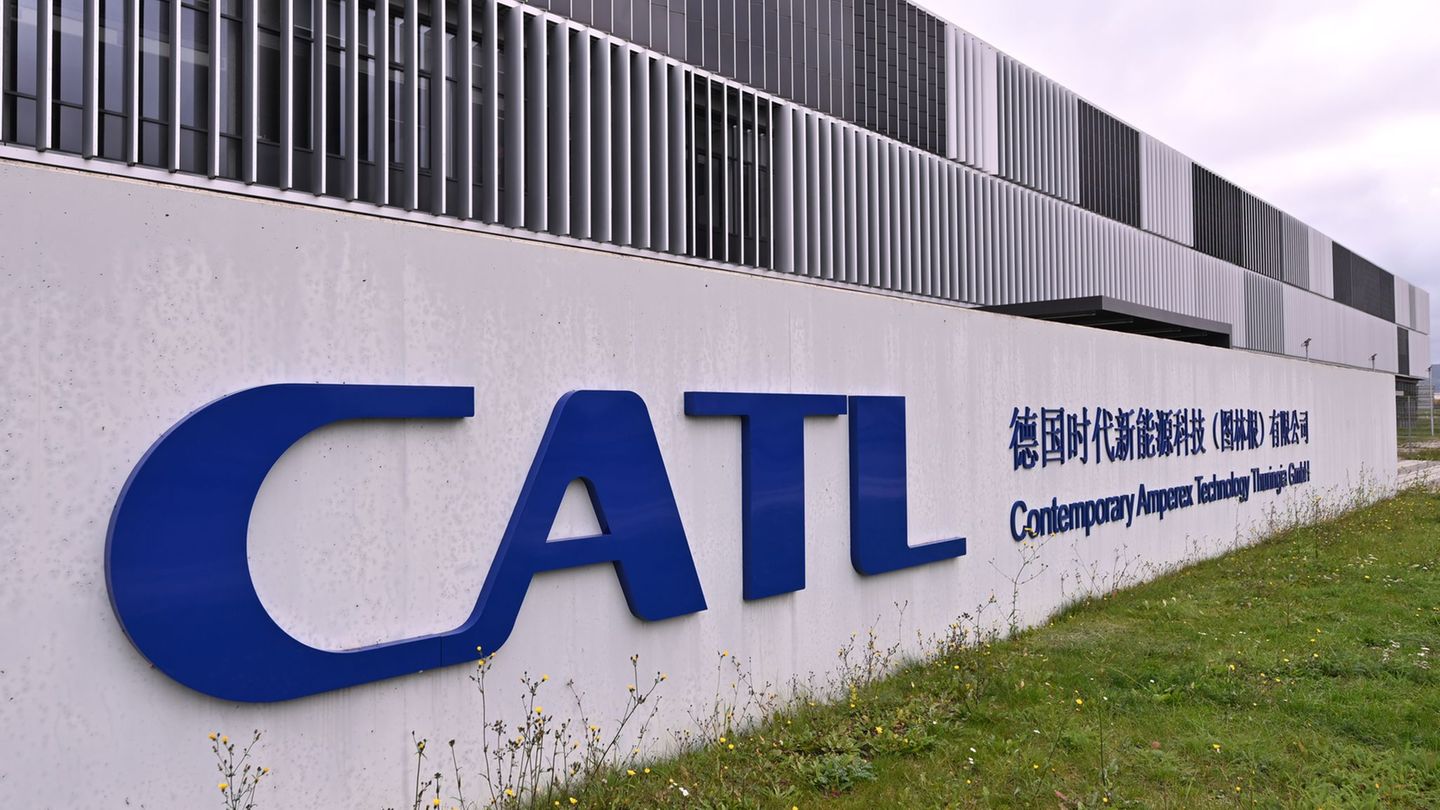No other politician has left such an impression on Italy: Silvio Berlusconi was one of the most dazzling and controversial figures in his country. One year after his death, he is still present.
Silvio Berlusconi was a reflection of Italy, for better or for worse. No other politician has shaped the Mediterranean country like the “Cavaliere”: He was the embodiment of an Italian one-man show. After his rapid rise to head of government, he was not only one of the richest but also one of the most powerful men in Italy. Even a year after his death, his home country is still struggling with Berlusconi’s difficult political legacy: he is revered by his supporters, hated by his critics.
Berlusconi streets, Berlusconi stamps and Berlusconi election advertising
On June 12, 2023, Berlusconi died at the age of 86. And it is still hard to imagine political and social life without him: the list of streets and squares that will one day be named after him is getting longer and longer. He is due to get a postage stamp soon. In the election campaign for the European elections, his name in capital letters with the addition “Presidente” adorns the logo of his party Forza Italia, and Berlusconi is also pictured on posters together with leading candidate Antonio Tajani.
Until his death, Berlusconi had refused to groom a successor. His party is now paying the price. Forza Italia is fighting for survival in the right-wing alliance led by Prime Minister Giorgia Meloni. In polls, it is currently only getting eight percent. Nevertheless, its founder is being celebrated as a hero at events to the accompaniment of the party song “Meno male che Silvio c’è” (in English, something like “Fortunately, there is Silvio”).
Inventor of modern populism
Berlusconi, born in Milan in 1936, knew how to awaken the desires of his fellow countrymen. Before his career as a politician, he was a media tycoon with three TV stations and two newspapers. In the early 1990s, in the face of a huge corruption scandal in Italian politics, he seized the opportunity and founded his party. He promised reforms. Although he did not keep many of his election promises, the Italians remained loyal to him and elected him Prime Minister four times between 1994 and 2011.
The balance sheet of his political actions is sobering. Reforms were mostly tailored to him alone. Berlusconi left behind a high national debt, an economic crisis and unemployment. There were no major reforms or modernizations. Much more significant, however, is a phenomenon that continues to shape Italy today: “Berlusconism”, a modern populism whose consequences are still felt in society and politics.
What also remains is the memory of countless scandals and legal proceedings in the so-called Bunga Bunga affair, which involved parties with women who were sometimes underage. Thanks to his money and media power, Berlusconi was always able to get out of the affair. Observers still see the consequences of this method today and accuse him of having poisoned Italy’s political culture with his style. His trademark was the constant breaking of rhetorical taboos with which he stirred up the mood in the country.
Parallels between Berlusconi and Meloni
In the current right-wing government in Rome, Forza Italia is the smallest of the three parties involved. But some commentators see Berlusconi’s legacy in the alliance. Above all in Prime Minister Meloni. Ernesto Menicucci of the daily newspaper “Il Messaggero” sees similarities in the actions of the former youth minister to her then Prime Minister Berlusconi, for example in her communication with citizens and her dealings with the media.
Berlusconi was the man of video messages. He sent a series of cassettes to television stations. He wanted to avoid critical questions in talk shows, interviews or press conferences. Meloni also replaced press conferences and interviews – which she occasionally conducted again during the European election campaign – with video messages, for example with the series “Giorgia’s Notes” on social media.
Menicucci also sees parallels between Berlusconi and Meloni when it comes to staging. Berlusconi was down-to-earth, loved to blend in with the crowd and played with the brand “Silvio”, as his fans simply called him in addition to the title “Presidente”. Meloni also advertises himself, with the brand “Giorgia”. The party or program thus fades into the background, and only the person counts. Before the European elections, for example, she recommended that her supporters simply write “Giorgia” on the ballot paper when voting.
Berlusconi’s legacy in current politics
Even a year after Berlusconi’s death, his name is still a part of politics. Although commentators are almost entirely critical of the “Cavaliere’s” legacy, the government pays homage to him. It dedicated a recently launched judicial reform to Berlusconi. This includes psychological tests for judges and prosecutors and strengthening the rights of defendants. A plan that Berlusconi had already wanted to push forward – which is why the media simply call it the “Berlusconi judicial reform.”
The opposition and long-standing Berlusconi opponents have sharply criticized this homage. They will also be annoyed by the proposal made shortly after Berlusconi’s death to name the planned mega-bridge from the Italian mainland to Sicily after him. The bridge over the Strait of Messina was one of his favorite projects. It is scheduled to open in 2032. If his name is chosen, Berlusconi could even be immortalized in the longest suspension bridge in the world – assuming it is completed on time.
Report “Il Messaggero” (Italian) Song excerpt “Meno male che Silvio c’è” AGI report (Italian)
Source: Stern
I have been working in the news industry for over 6 years, first as a reporter and now as an editor. I have covered politics extensively, and my work has appeared in major newspapers and online news outlets around the world. In addition to my writing, I also contribute regularly to 24 Hours World.




